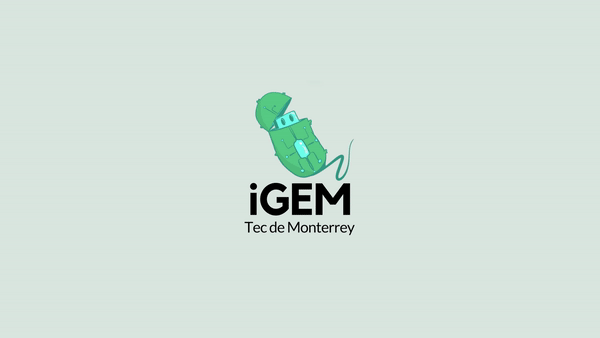Module 1 & Module 2
Protein and target DNA production
In beginning with a mathematical description of the E. coding system, the biomolecular processes taking place in the system were expressed as reversible biochemical reactions governed by mass-action law kinetics, as conveyed in Figure ***.

Where Cas1 refers to free Cas1 protein, Cas2 to free Cas2 protein, RT to free Retrotranscriptase, msr-msd to free msr-msd RNA transcript, CAS to free Cas1-Cas2 protein complex, M to RT bound by msr-msd RNA transcript, MSD to free retrotranscribed target DNA sequence, X to Cas1-Cas2 protein complex bound to target DNA sequence, and I to the amount of insertions made to the bacteria’s genome. This first model consisted of a simple linear differential equations system.
The initial principle of the system is the expression of three proteins (Cas1, Cas2, and a Retrotranscriptase) and the msr-msd RNA transcript, regulated by an inducible promoter. As such, the Hill equation was implemented to describe said regulated expression, as a function of the concentration of an inductor. A separate term, for basal protein degradation remained. Additionally, enzymatic processes, such as protein complex formation, substrate binding, or enzymatic reactions, are left described by mass-action law. Equations *** to *** correspond to each protein, substrate, and enzymatic complex involved in the E. coding system.
Equation 1
Equation 2
Equation 3
Equation 4
Equation 5
Equation 6
Equation 7
Through steady-state assumptions, the system of equations was further reduced:
= 0
Substituting, Equation *** in Equation ***, and Equation *** in Equation ***, a single expression for the amount of target DNA sequence is defined as:
Equation ***
Genomic Spacer acquisition






